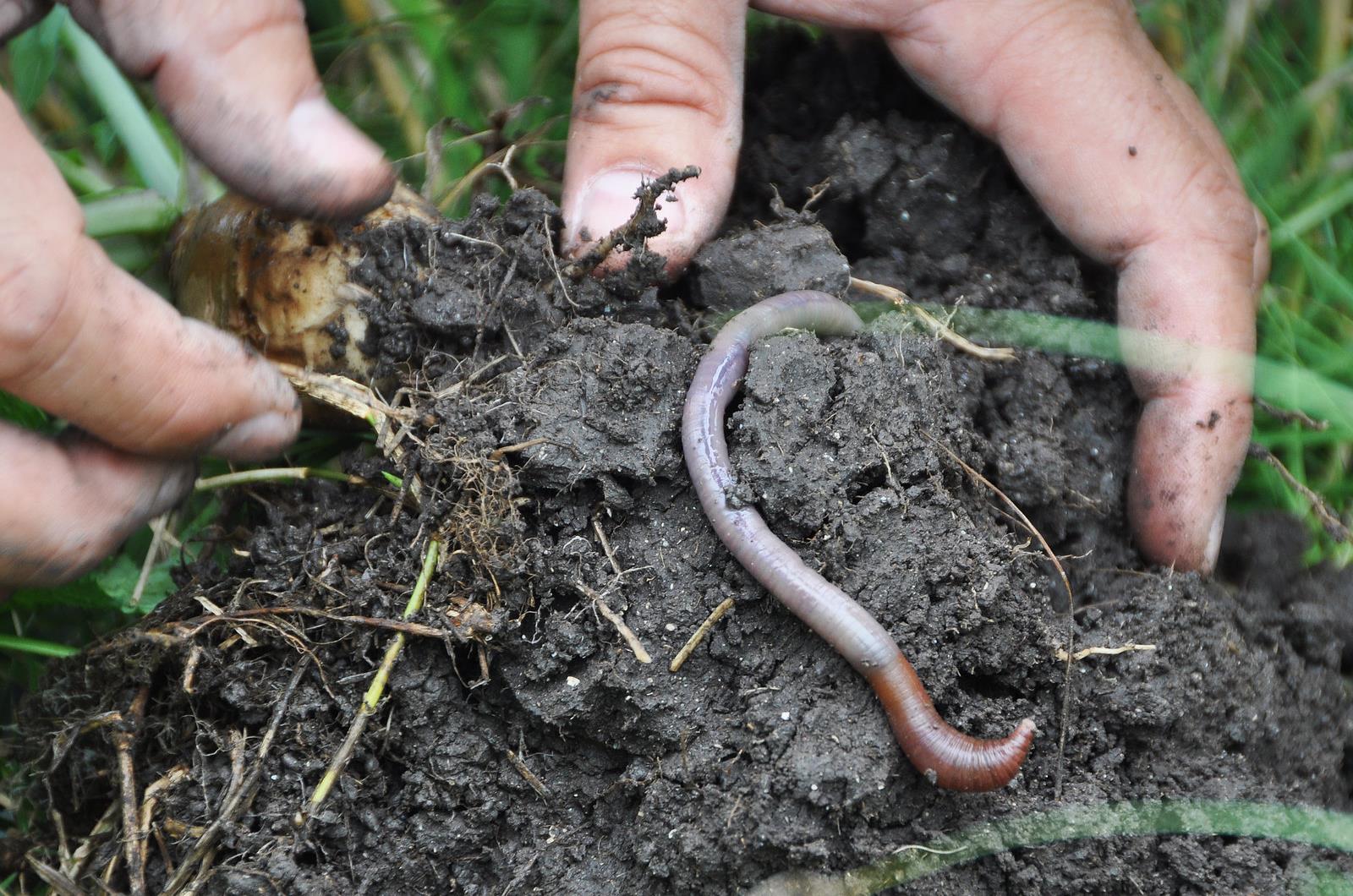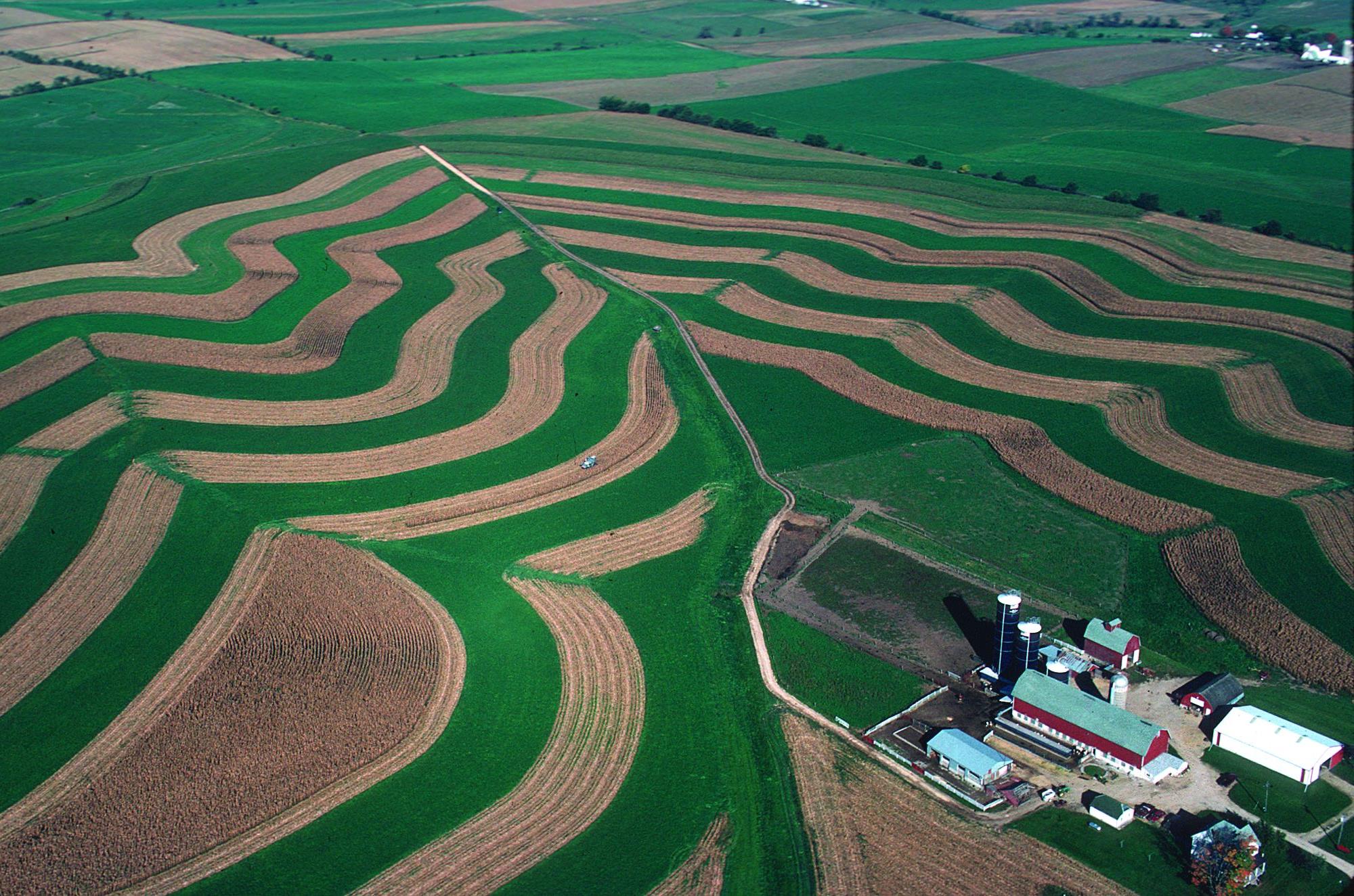Janette Rosenbaum, Strategic Communications Manager
In early January 2021, the 117th Congress will get down to business in Washington DC. Later in the month, a new presidential administration will take office. Changes in the leadership of our country always create energy and opportunity – and right now, America is facing a number of environmental challenges that urgently need that extra attention.
In this series of blog posts, we’ll look at those challenges, the common-sense solutions that could bring quick and effective progress, and the actions our leaders can take to turn those solutions into on-the-ground reality.
Politicians may love to metaphorically dig up dirt and sling mud, but at the Izaak Walton League we prefer to put our hands in literal soil. The underappreciated ground under our feet is in fact a powerhouse of conservation with critical implications for water quality, wildlife habitat, carbon sequestration and sustainable food production.
In January, we’ll be pressing Congress and the Biden Administration to take a variety of steps to protect and restore soil health. Right now, in honor of World Soil Day on December 5, we’re celebrating soil and taking a look at some ways we can give back to the hardworking stuff that supports us in every sense of the word.

Soil covers a lot of the Earth – but soil isn’t the same everywhere. In some places it’s thin and sandy, in others deep and rich. Thick layers of fertile soil are why the American Midwest became the breadbasket of the world.
Today, huge swaths of land in the Midwest are used for agricultural production, making farmers and ranchers the stewards of one of our nation’s most valuable natural resources. Most farmers and ranchers take that responsibility seriously and try to do the right thing for the health of their land. But razor-thin profit margins, combined with financial systems that make it difficult to get loans for not-so-traditional practices, leave many producers struggling to implement and maintain conservation strategies.

The consequences of this are dire. Leaving soil bare in the winter causes rampant erosion, as rain and snowmelt flush priceless topsoil into streams and rivers, where it damages water quality instead of producing abundant healthy food. Clearing habitat to maximize space for cash crops hurts wildlife, driving many grassland-nesting birds towards extinction. Predatory insects lose out too, which is great for their prey, but which is not so good for the quality of our food, as farmers have to pick up the slack by using toxic pesticides to control bugs.
But simple changes can reverse all of this damage. Farmers can plant cover crops, which grow and pump carbon into the soil during the winter, keeping that potential climate pollution safely sequestered. In the spring, ranchers can turn their cattle loose into those same fields, where the animals gain weight on their healthy natural food and leave behind packets of free fertilizer. After just a couple years of this, the improved health of the soil allows each acre of the field to store vastly more water, which reduces flooding in the area if the summer is rainy or helps the crops survive if July brings drought. And finally, when producers neither lose their standing corn to a dry spell nor find themselves unable to plant in spring because their field resembles a lake, taxpayers aren’t on the hook for funding payouts on crop insurance.

In the first months of 2021, Congress and the White House can easily put programs in place to make that second scenario a reality across the Midwest and in farming and ranching regions all over America. To capture the enormous potential benefits of soil health practices, our leaders must quickly take action on these four priorities:
- Farmers are familiar with conservation practices and know what they need to do to keep soil, water and habitat healthy. But because soil can vary substantially even across short distances, farmers can maximize the value of conservation practices by creating plans that are specifically tailored to their own land. The U.S. Department of Agriculture (USDA) already has resources – including the Conservation Stewardship Program, the Regional Conservation Partnership Program and the Environmental Quality Incentives Program – that help farmers and ranchers develop and implement these individualized plans. The Biden Administration can bring the benefits of these programs to more farmers and ranchers by launching a new National Soil Health Initiative.
- Farmers should be rewarded for using land management practices that protect natural resources for all of us – the same way motorists are rewarded for using driving behaviors that help keep everyone safe on the road. The Biden Administration can launch a pilot program to test a “good farmer discount” on crop insurance for producers who adopt soil health strategies that reduce their risk of a crop loss (and create lots of environmental benefits besides).
- If that pilot program is successful, Congress can begin laying the groundwork to include this “good farmer discount” in the 2023 Farm Bill. Extending that offer to all farmers and ranchers would encourage producers to speed up implementation of conservation practices, enhance the resiliency of our food system and reduce costs for taxpayers.
- Finally, Congress can empower states to protect and restore their own natural resources by creating a State and Tribal Soil Health Grant Program. Similar grants for wildlife management have been available to states and tribes since 2000, and the conservation efforts funded by those grants have been enormously successful at keeping plants and animals off the Endangered Species List.
America can continue to feed the world while also protecting wildlife populations, keeping rivers clean and leading the way on climate-smart practices. It all starts with the ground beneath our feet. The Izaak Walton League looks forward to getting our hands dirty – in the best way – as we work with legislators to bring about soil solutions. With so many common-sense opportunities ahead of us, the first 100 days of the new Congress and the Biden Administration can truly be a fertile and productive time.
You can join in our efforts. Sign up now to stay up to date with our work for sustainable agriculture.
Subscribe now